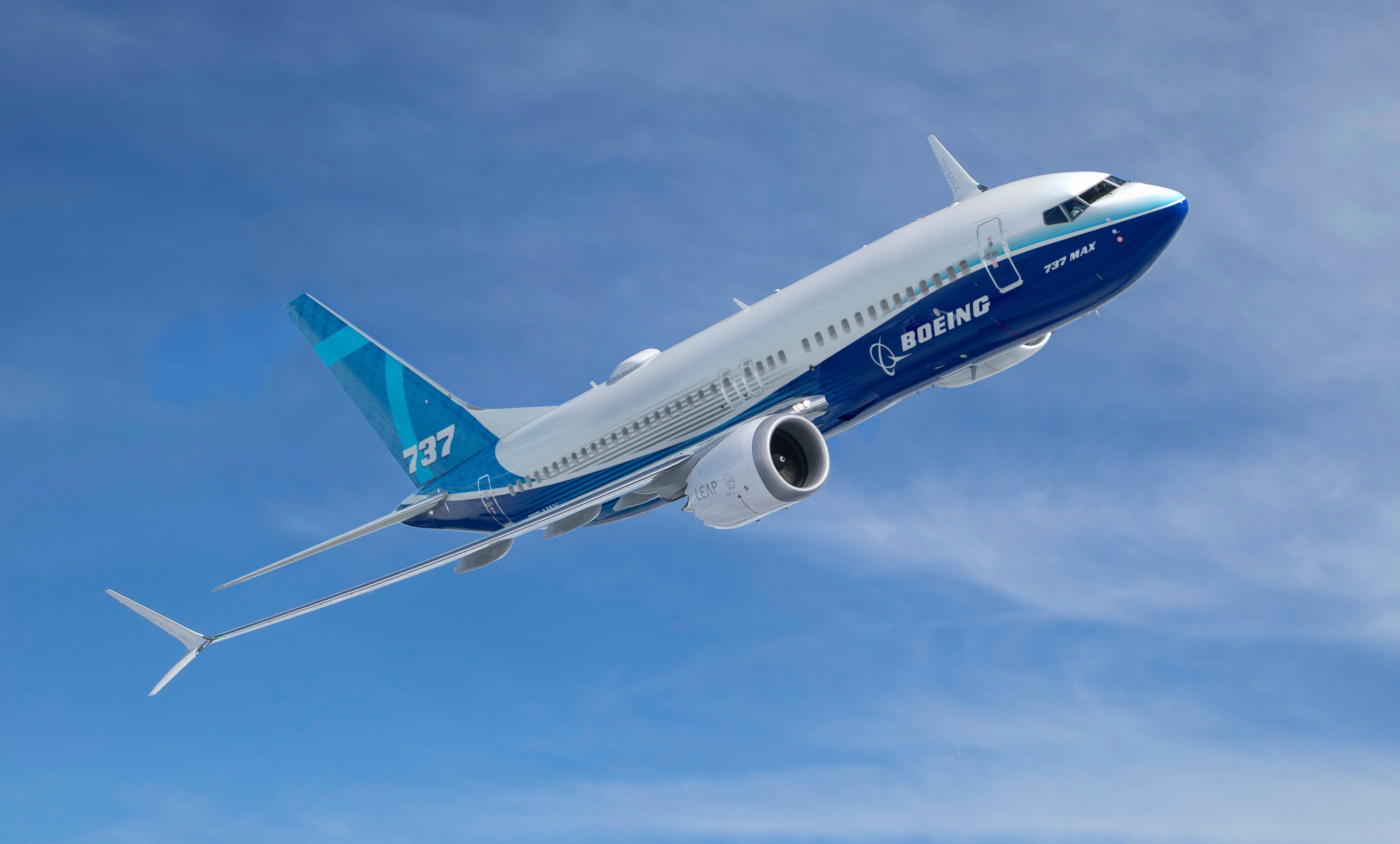Boeing (BA +0.94%) stock is down 4% since the company reported its second-quarter financial results Tuesday. At first glance, this would suggest that investors were disappointed with Boeing's second-quarter performance.
However, the Dow Jones Industrial Average and the S&P 500 index have posted two straight days of modest losses, so the broader market has been under a bit of pressure. Also, it's worth noting that Boeing stock is up 28% this year, as of July 30.
Here are three takeaways from Boeing's second-quarter results.

Image source: Getty Images.
1. Production is stabilizing
Boeing delivered the most commercial airplanes in the quarter (150) and in the first half of the year (280) since 2018. That's why "stability" was a common theme in CEO Kelly Ortberg's comments on the Q2 earnings call -- although he didn't go as far as to say that production has fully stabilized.
The headliner here is the 737 MAX, the next generation of Boeing's best-selling jet. In the second quarter, Boeing hit its target of producing 38 per month, "and now we're focused on demonstrating stability at that rate," Ortberg said. If monthly 737 MAX production stays steady at 38, Boeing plans to seek Federal Aviation Administration approval to ramp up to 42 jets per month.
Another positive development: Production of the 787 Dreamliner has increased from five to seven airplanes per month. The recovery in Boeing's production capabilities correlates with a sharp uptick in sales. Boeing's second-quarter commercial airplane revenue soared 81% to $10.9 billion. The company's overall Q2 revenue increased 35% to $22.7 billion.
2. Boeing's bottom line is getting healthier
The second-quarter numbers suggest Boeing is making progress on its gradual ascent back to profitability.
On a GAAP (generally accepted accounting principles) basis, Boeing reported a $176 million loss from operations, down from a loss of $1.1 billion in the year-ago quarter. For the first half of 2025, Boeing swung to positive earnings from operations -- $285 million -- which is a dramatic improvement over its $1.2 billion loss in the first half of 2024.
For the second quarter, Boeing had negative free cash flow of $200 million. However, that's down from negative free cash flow of $4.3 billion in the year-ago quarter. Free cash flow is a measure of profitability that excludes noncash items like stock-based compensation, changes in inventory values, and depreciation and amortization.
Management attributed the free-cash-flow improvement, in part, to higher-than-average 777 deliveries in the quarter. In a typical quarter, Boeing delivers six or seven. In Q2, Boeing delivered 13 jets, which added $700 million of positive free cash flow.
Third-quarter free cash flow could take a hit from several items, including a potential one-time $700 million payment stemming from Boeing's non-prosecution agreement with the Department of Justice. However, as long as Boeing can continue to ramp up jet production and "the global trade environment remains favorable," CFO Brian West said it's reasonable to expect positive free cash flow in the fourth quarter.

NYSE: BA
Key Data Points
3. Boeing's products are in high demand
Boeing ended the second quarter with a $619 billion backlog. That includes orders for more than 5,900 airplanes, which will take more than seven years to build.
During the second quarter, Boeing and Qatar Airways announced that the airline will buy up to 210 Boeing widebody jets in a deal that the White House initially valued at $96 billion. The deal also includes the option to buy 50 additional 787 and 777x airplanes.
In May, the parent company of British Airways announced an order for 32 Boeing 787-10 aircraft.
While Boeing has spent the last few years trying to recover from a series of self-inflicted wounds -- most of which stem from quality-control lapses and other production challenges --- it still has the luxury of being one of two companies that dominate the global commercial airplane market.





